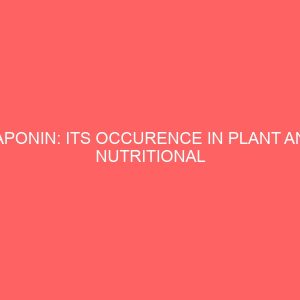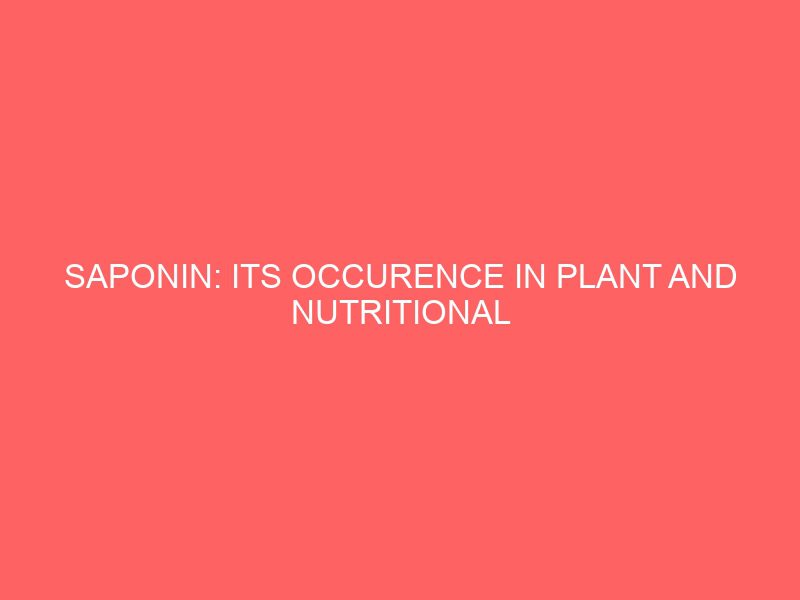Description
ABSTRACT
Saponins are natural detergents found in a variety of plants. Two major commercial sources of saponins are desert plants, such as Yucca schidigera from Mexico and Quillada saponaria from Chile. Yucca saponins have a steroid nucleus, where as Quillada saponins are triterpenoid in structure. Saponins contain a lipophylic nucleus (steroid or triterpenoid) and one or more water soluble carbohydrate side chains. Thus the surfactant activity is a result of both fed-soluble and water soluble moieties in the same molecule. Yucca extract is used as a feed additive to reduce ammonia and faecal odour in animal excreta. Saponin, by virtue of its surfactant properties, has anti-protozoal activity. Saponins form complex with cholesterol in protozoal, cell membranes, causing cell lysis. They are effective in both infected and orally administered vaccines. They have antibacterial activity and modify ruminal fermentation by suppressing ruminal protozoa and selectively inhibiting some bacteria. The consequence of protozoan suppression and bacteria inhibition is a total suppression of methanogens, the microbes responsible for methanogenesis.
CHAPTER ONE
INTRODUCTION
Tropical countries are faced with a perennial problem of inadequate quantity and quality of ruminant feeds, especially during the long dry season (Kayouli, 1997). Feeding cost is one of the major problems in the economic balance of livestock farmer. In most of the semi arid Mediterranean regions, animal feed production is difficult and farmer purchase expensive concentrates. Many shrubs and by-products have been studied by researchers from the Mediterranean continents with the aim to substitute expensive conventional feeds (Silanikove et al., 1994). In many cases, a problem in utilization of these alternative feed is the presence of anti-nutritional factors, e.g. Tanin, saponin (Terril et al., 1992). The presence of saponins can either be beneficial or harmful. In plants, saponins may serve as anti-feedants, and to protect the plant against microbes and fungi. Some plant saponins may enhance nutrient absorption and to aid animal digestion. However, saponins are bitter to taste, and can reduce palatability of livestock feed (en.wikepedia.org.,2010). The main focus of the seminar is to address the occurrence and nutritional implications of saponins in farm animals.
OBJECTIVE
The objectives of the seminar were
To find out the occurrence of saponin in plants.
The nutritional implications in farm animals.







